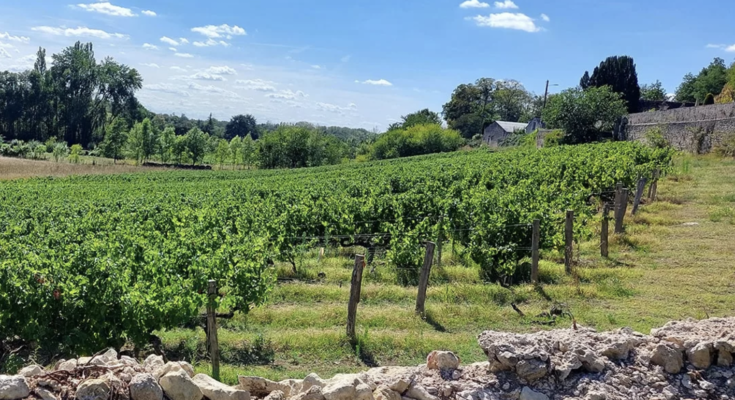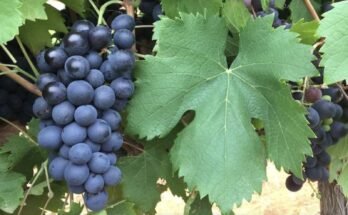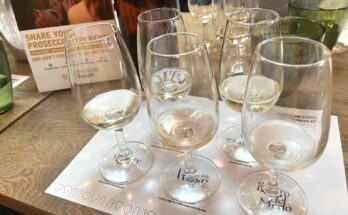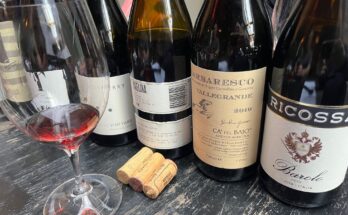The first white varietal I’ll be looking at on this trip around the wide world of grapes is Chenin Blanc. Known for it’s versatility, capable of producing wines with such scope and variation that it really depends on what you’re looking for in a wine… for which bottle will be your favourite. Wine appreciation leans on your own personal taste and Chenin Blanc is a varietal that is well placed to put that theory to the test. It is perhaps the most under-rated of the noble varieties, making serious dry white wines, and some of the best dessert wines anywhere.
It is a tough call to say where the best Chenin Blanc comes from. For example, like Sauvignon Blanc is to New Zealand, or Malbec is to Argentina… there is one country where you could easily say “That is their signature varietal”. I’m talking about South Africa. When I visited a few years ago, the quality to price ratio of their Chenin Blanc was exceptional.
However, there is a rival to that crown of “Best” and it doesn’t help South Africa’s cause that the region I’m thinking of is in France! The Loire Valley consistently stands out when it comes to world-class Chenin Blanc – and, as you do with many reports on wine, I’ll be starting my rundown with France, and the Loire Valley.
Loire Valley, France
Vouvray is located in Touraine, just outside the city of Tours, and is part of the ‘Middle Loire Valley’ wine growing area. In true French style, many consumers might know that they like ‘Vouvray’ as a style of wine, without knowing that the grape variety is Chenin Blanc! However, for Europe certainly, Vouvray is where most wine buffs would answer if asked about the origins of Chenin Blanc. The wines range from dry to sweet and everything in between, offering something for all tastes.
Dry Vouvray (Sec): Clean, tight flavours. Expect crisp acidity with citrus, green apple, and floral notes, and a zesty finish. Huet’s “Le Mont Sec” is a fantastic example of a dry Vouvray.
Off-Dry Vouvray (Demi-Sec): The fruit flavours feel lifted in demi-sec, as the residual sugar amplifies the juiciness, but the best examples still retain a fresh, vibrant acidity. Domaine de Bellivière offerings such as their ‘Prémices’ Coteaux du Loir are a good starting point.
Sweet Vouvray (Moelleux): These wines offer a luscious balance of ripe fruit, honey, and botrytis (noble rot). The “Cuvée Constance” from Huet is one of the best expressions of sweet Vouvray, perfect for putting down in a cellar to age gracefully. You also cannot go past some of the near-immortal expressions of Chenin Blanc produced by Marc Bredif – their ‘Grand Année’ releases, are exceptional vintages that are aged for decades in their own cellars before release.
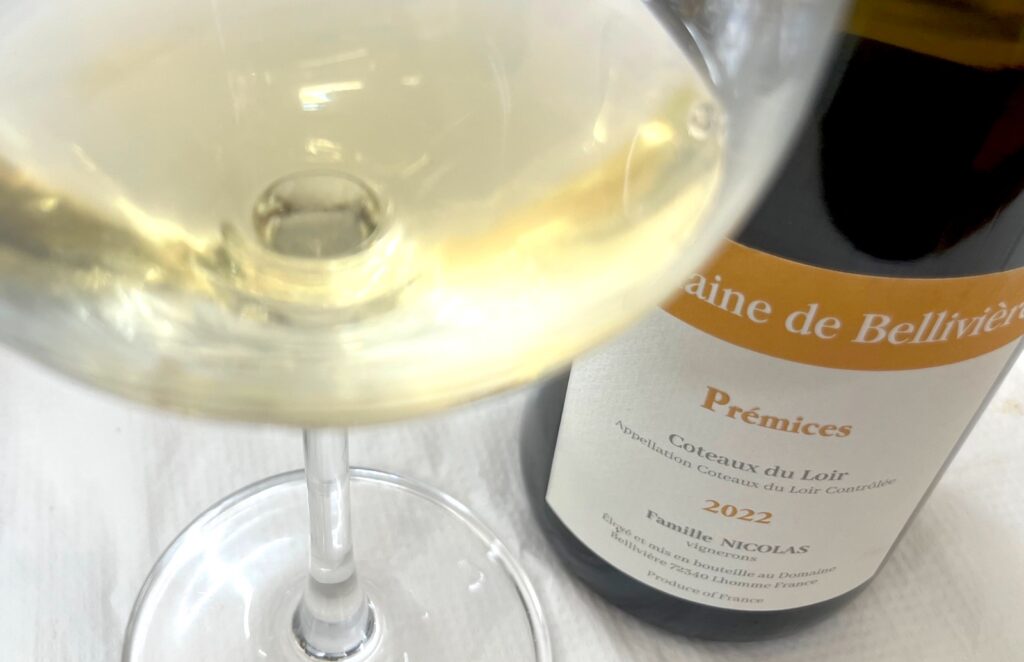
Sparkling Vouvray: There are also sparkling wines made in the traditional method, like Champagne, which can be dry or off-dry – Vouvray is currently France’s second largest sparkling wine producing region! Labelled as ‘Crémant de Loire’ ‘mousseux’ or ‘Méthode Traditionnelle’ you’ll get flavours of almonds, white florals and a chalky minerality.
Top producers: Domaine Huet, Domaine Philippe Foreau, Domaine Marc Bredif, François Chidaine, Domaine des Aubuisières.
Savennières, further west along the river is a region that produces a Chenin Blanc in a style quite different from Vouvray. Often characterised by oxidative winemaking, which tends to deepen the colour, and reduces the overall feeling of freshness – the wines are more ‘vinous’ shall we say? Still with the signature grape characteristics, but adding a nutty, savoury edge. Savennières may be an acquired taste for some, but, according to many critics, produces some of the best Chenin Blanc in the world.
Top producers: Clos de Coulée de Serrant, Domaine des Baumard

The Anjou and Côteaux du Layon are also regions to the west of Vouvray, and are well-regarded for their sweet Chenin Blanc and sparkling wines. For sparkling, Anjou Mousseux (the Blanc de Blancs version) and Crémant de la Loire both contain Chenin Blanc as a base. For sweet wines, the Côteaux du Layon is a ’noble’ sweet wines made with botrytised grapes. Within Côteaux, there are a few sub-regions that produce exquisite (and expensive) sweet Chenin Blanc – including the Quarts de Chaume Grand Cru, and Bonnezeaux.
Top producers: Château de Fesles, Domaine Belargus, Branchereau Domaine des Forges.
Saumur Blanc is the appellation for the still, dry white wines of Saumur. The area produces an annual production of roughly two million litres of Chenin Blanc based wines. Known here as ‘Pineau de la Loire’, Chenin Blanc is required to constitute at least 80 percent of any Saumur Blanc wine. The use of Chardonnay and Sauvignon Blanc for the balance is increasing, as is oak fermentation and maturation.
The high acidity of Chenin blanc is an important component in the Languedoc wine region of Limoux. In the sparkling wine, Crémant de Limoux, Chenin must account for at least 20% and up to 40% of the blend with Mauzac, Pinot Noir and Chardonnay. The grape is also permitted in the still wines of Limoux, but is only blended with Mauzac and Chardonnay.

South Africa
South Africa is a powerhouse for Chenin Blanc. 50% of the world’s Chenin Blanc is planted there.
The varietal is often referred to locally as “Steen” due to the Dutch settlers who first brought the grape to the region mistakenly identifiying it as a different variety and called it “Steen,” which is Dutch for “stone”. Despite later discovery that the grape was actually Chenin Blanc, the nickname stuck in local wine culture.
Combine the versatility of the grape and the diverse terroirs in South Africa, and you get everything from fresh, off-dry whites to full-bodied, barrel-aged wines with complex flavours. The fruit often tends towards a more tropical direction than you’d find in France.
As South Africa’s wines became better known around the world, Chenin Blanc was seen as the authentic fine-wine white grape that could spearhead the renaissance. The Chenin Blanc Association – www.chenin.co.za runs events and an annual judging competition highlighting the best wines.
Some of the finest wines come from areas like Stellenbosch (in particular the Polkadraai Hills), Paarl, and Swartland.
Top producers: Ken Forrester, Anthonij Rupert, AA Badenhorst, Raats Family Winery, Mullineux, Stellenrust, Kaapsicht or try David & Nadia Sadie (review here – https://winefolio.co.nz/?p=12450).
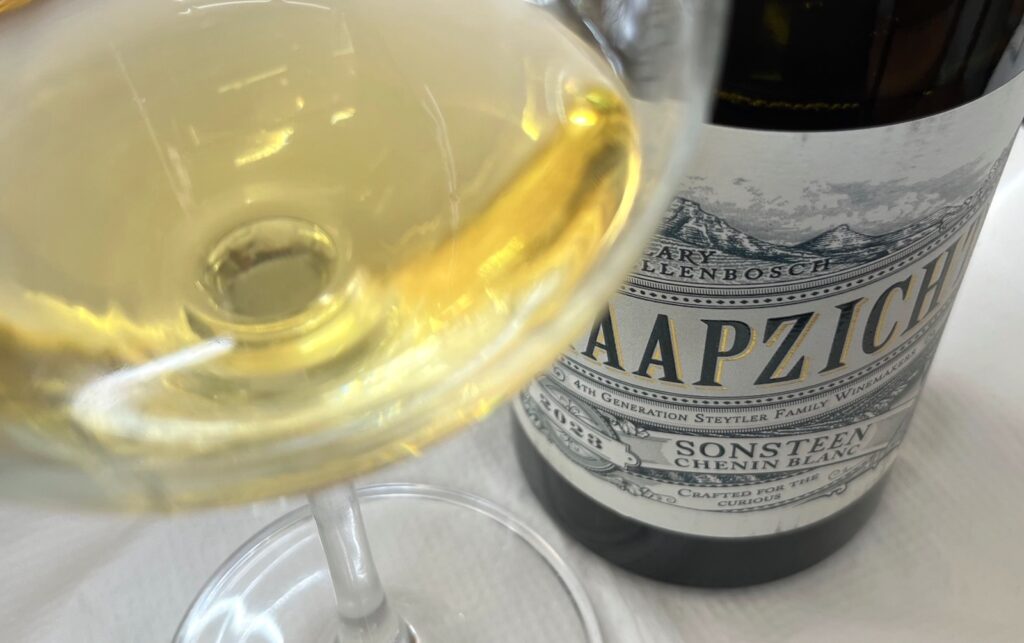
New Zealand
Whilst it isn’t a big deal locally (in NZ), there have been a few producers that have taken the plunge and set out to make some seriously high quality wines. Collards used to make a legendary bottling from Henderson grapes in the 1980s, and Gisborne has a long history of championing the varietal. New plantings are popping up in places like the Two Terraces vineyard in Hawke’s Bay, and the Wrekin vineyard in Marlborough.
Grown in a wide range of regions – from Gisborne to Central Otago, and in varied styles, from noble dessert wines, through to bone dry expressions. Flavours fit the styles, from honeyed quince and spices; to ones with salinity and chalky minerality to the fore.
The top Chenin Blanc in our WineFolio Top 10 Tasting of ‘Alternative Whites’ came from Fromm in Marlborough – our notes read “On the nose is grapefruit, pea pod, lime, apple and a lift of delicate white spring flowers. Tight, balanced and with a well-judged clarity”
Top producers: Millton, Esk Valley, Matawhero, Dicey, Mt Edward, Fromm and Astrolabe.
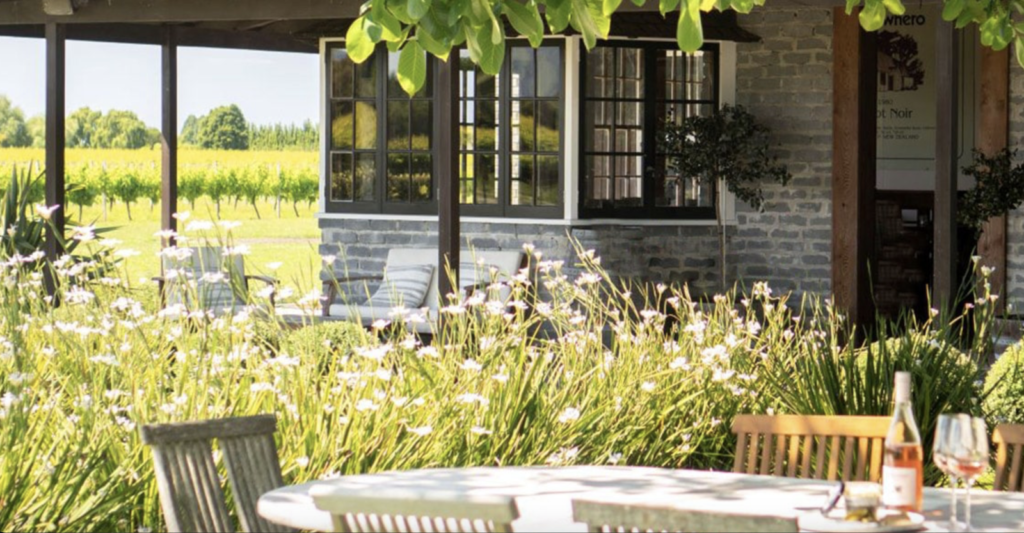
Australia
In Australia, the top Chenin Blancs have great concentration without losing that classic Chenin freshness. Some tend to be a little more on the richer, full-bodied side – and using barrel ferments, but retaining the acidity that gives Chenin its appeal. Look for the purity of fruits in the perfume, then orchard fruits and nectarine, chamomile, cardamom, saffron and nutmeg as you go.
Critics rate the Swan Valley and Margaret River regions of Western Australia as the best, but you’ll also find good Chenin in South Australia – McLaren Vale, Adelaide Hills and Eden Valley are places to explore.
Top producers: Kalleske, Yalumba, L.A.S Vino, Voyager Estate, Coriole, Dune, MMAD, and Howard Park.
California
California, particularly in Napa and Sonoma, has a small but growing Chenin Blanc scene. These tend to be riper and more fruit-forward, with a lot of people liking their more approachable style. Rombauer’s Chenin Blanc is a popular example that captures a broader audience.
Top producers: Tabali, Rombauer, and Ridge Vineyards.

